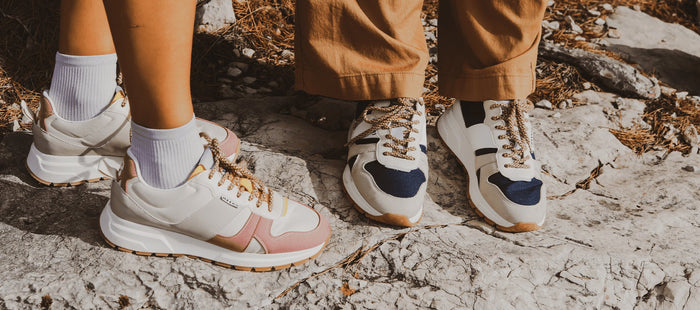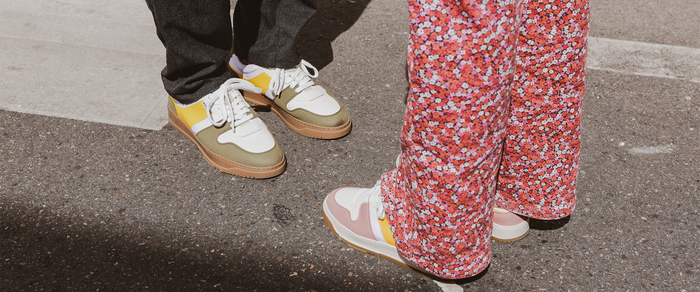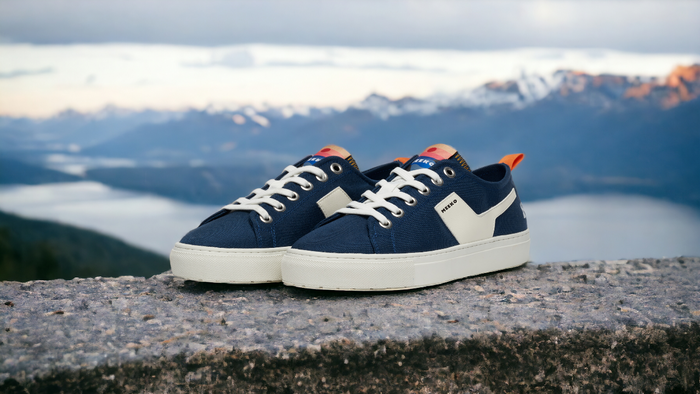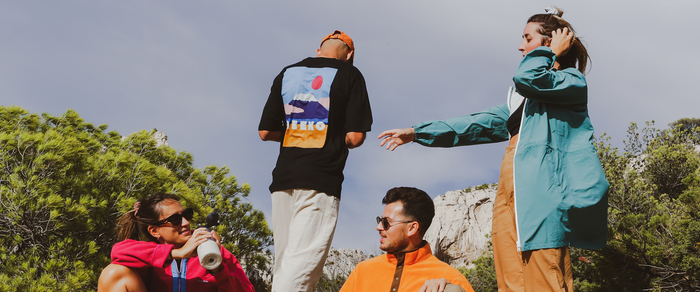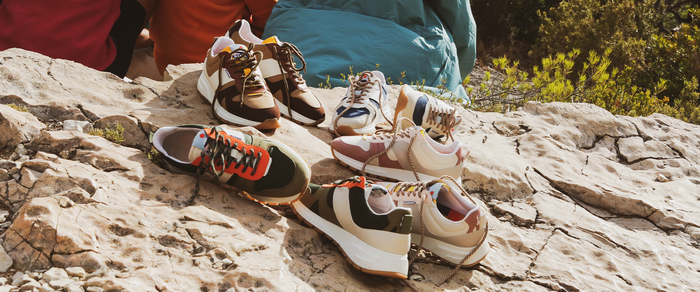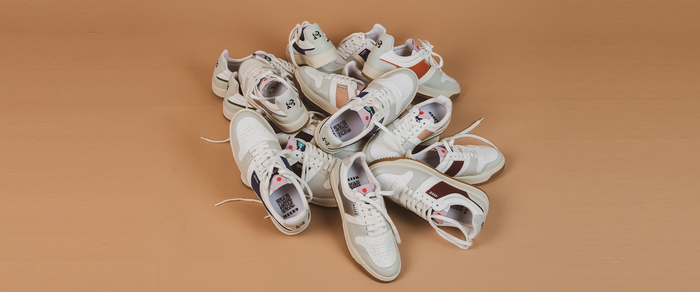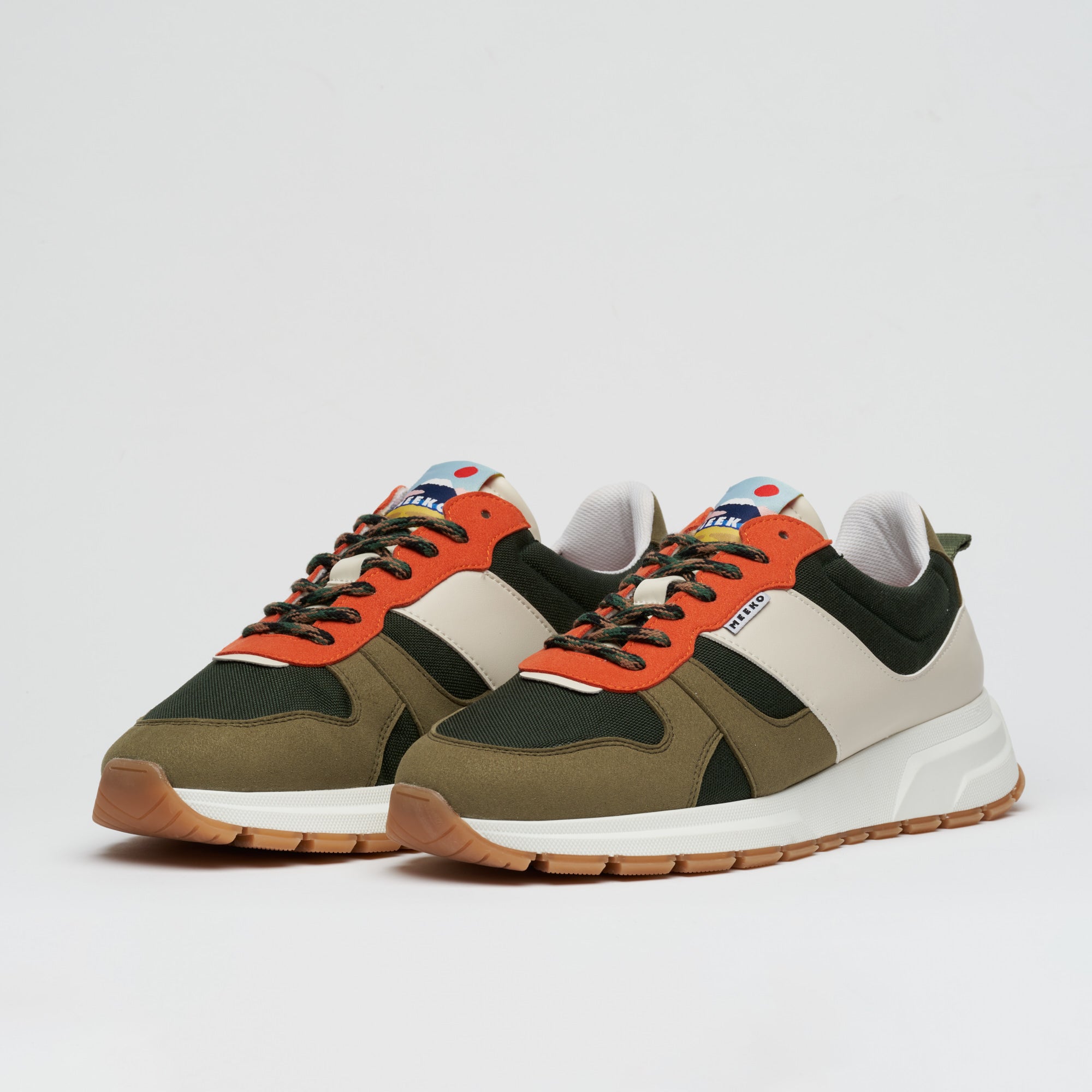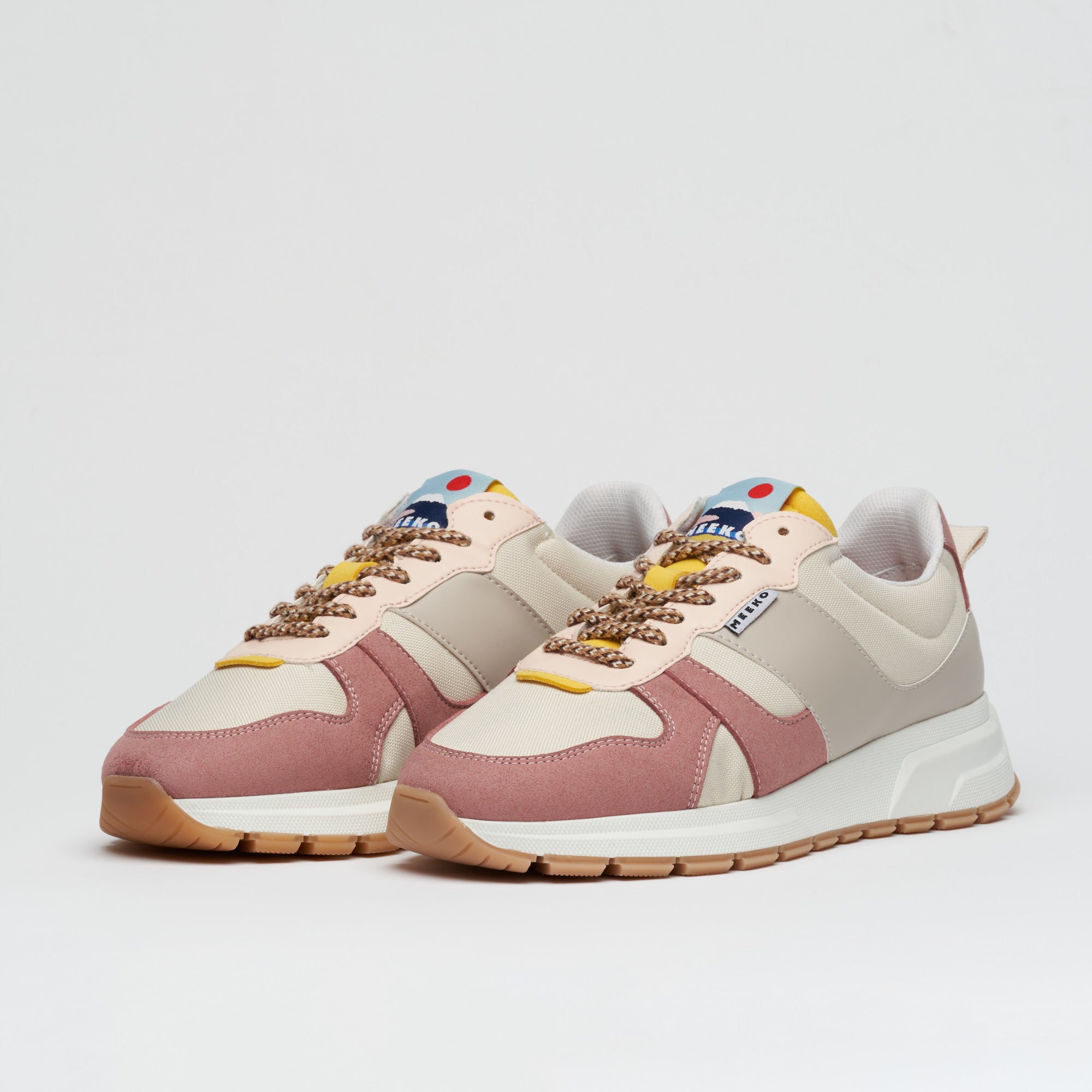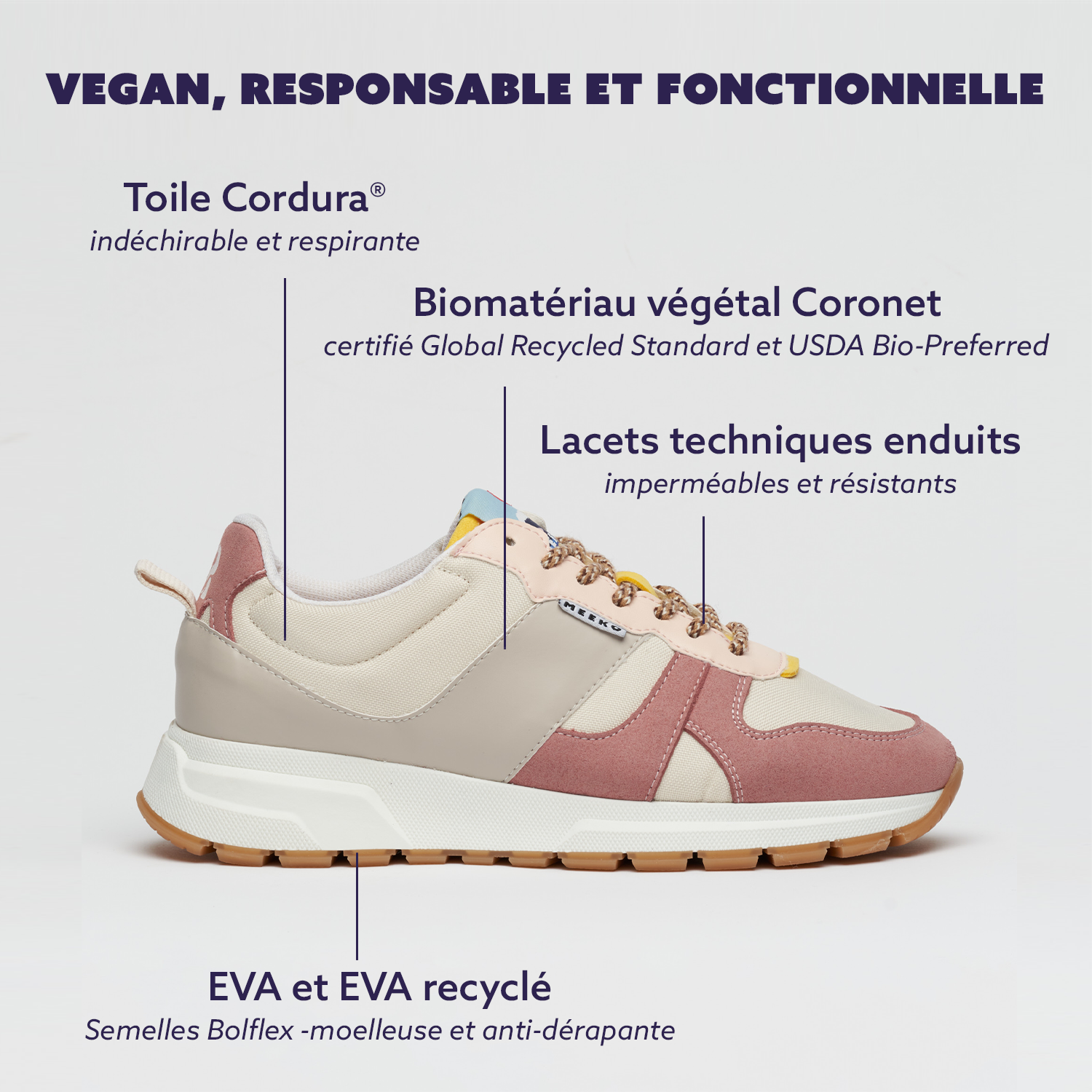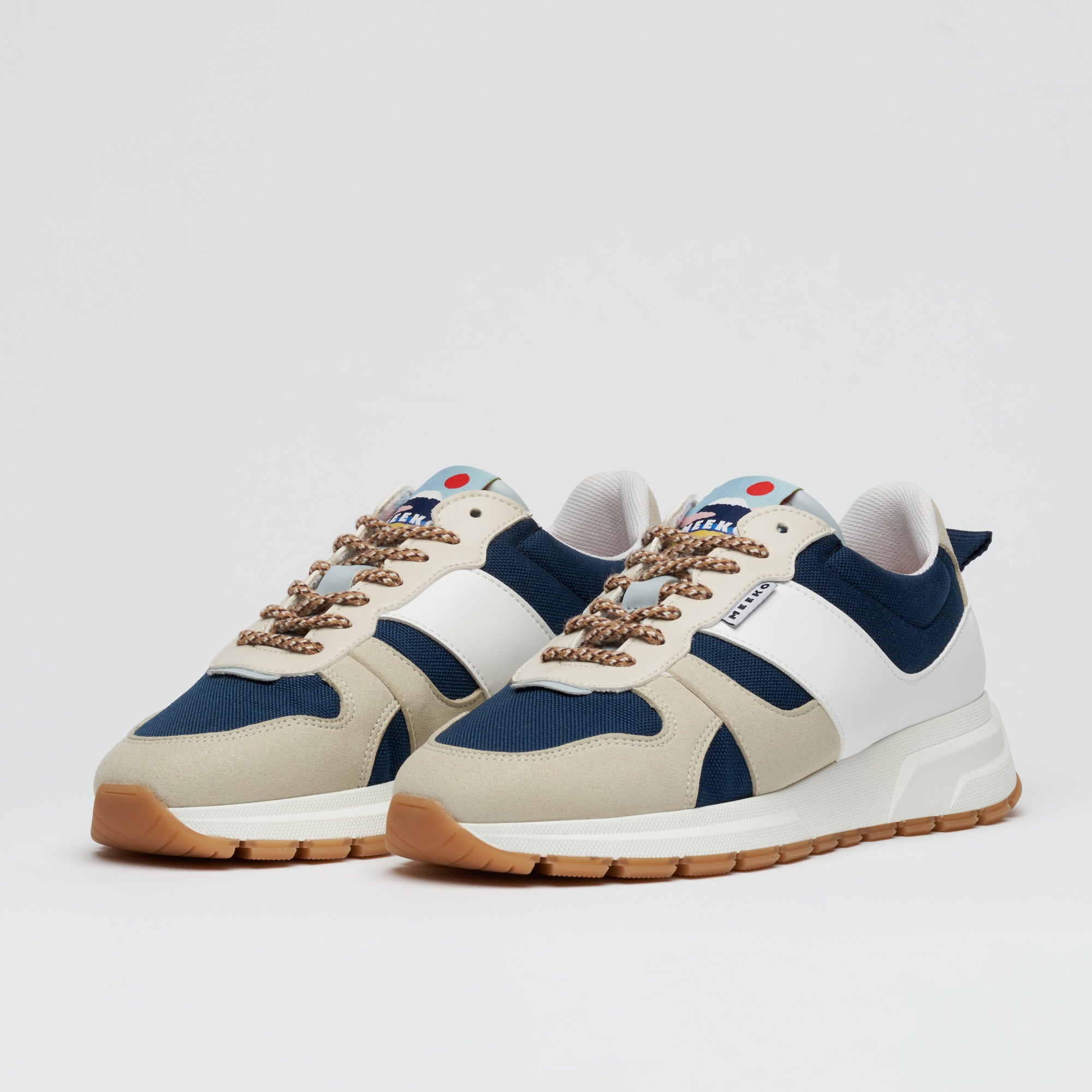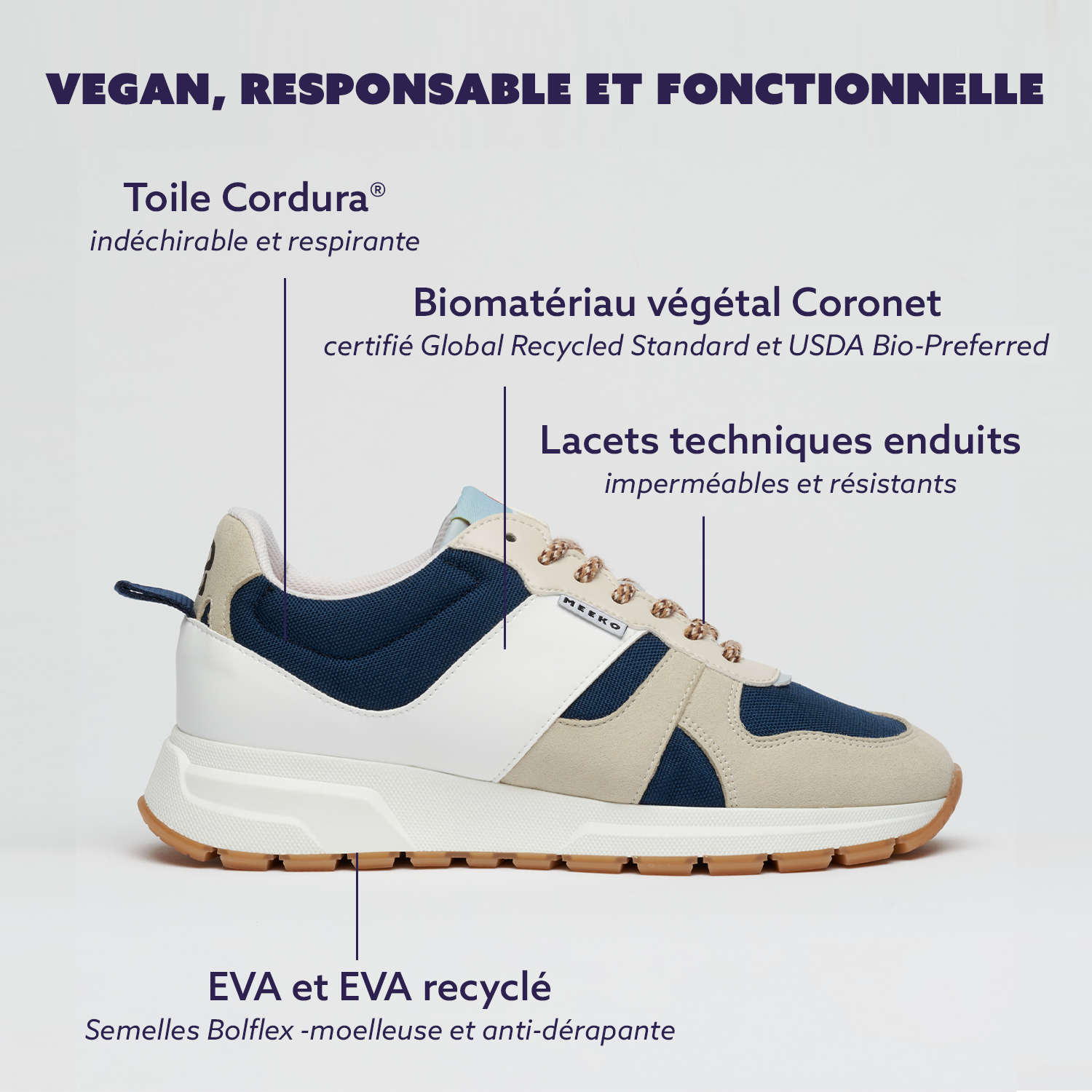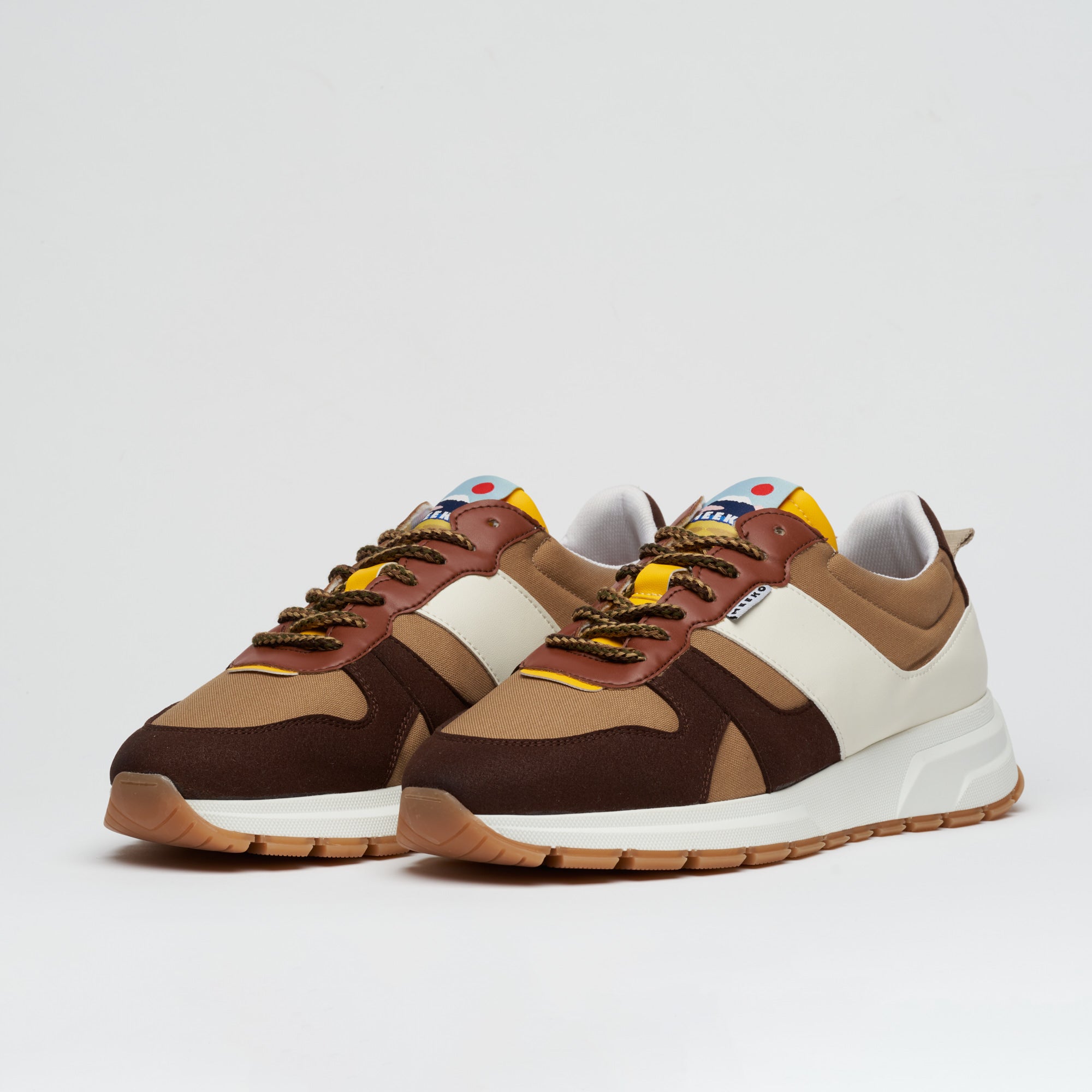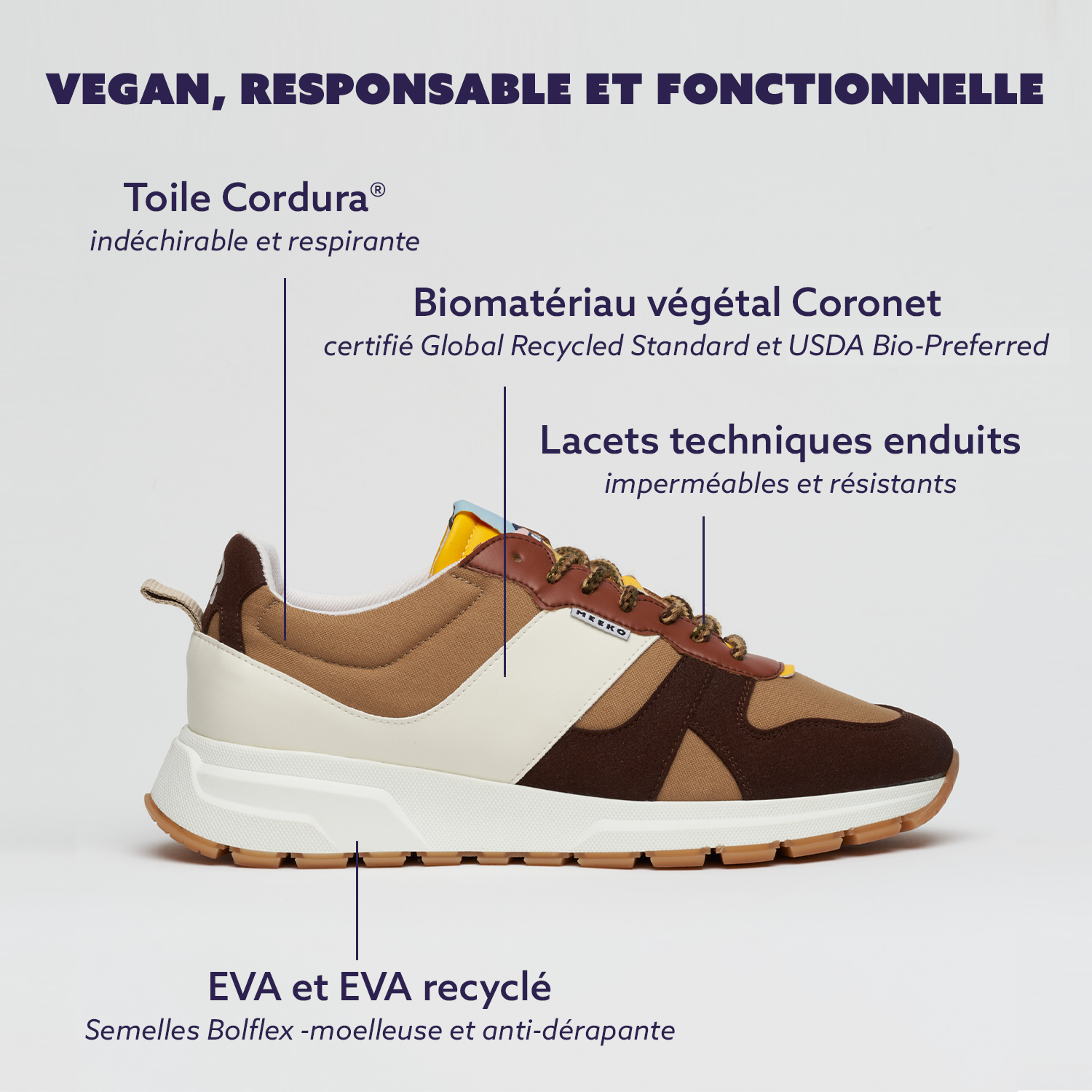How do I recycle my used shoes?
Even for fashion and beauty lovers who think sustainability is important, it can be difficult to navigate through all the sometimes conflicting information. We try in this article to answer this question which is very often asked to us, how to recycle my used shoes?

What's the most responsible way to dispose of your shoes once they've passed the point of no return?
Maybe your soles look like Swiss cheese or your high heels are so chewed up that you tell people the dog ate them. If it's time to retire the shoes you love so much and you're looking for responsible and sustainable ways to do so, there's good news and bad news: the good news, you have options, the bad, none are perfect.
Of the 24.2 billion pairs of shoes produced worldwide each year , experts say most of them end up in landfills or incinerators because there are simply too many shoes and not enough cleaning solutions. recycling.
“When you make that many products, most of them go to landfill,” says Dr. Sahadat Hossain, director of the Solid Waste Institute for Sustainability at the University of Texas at Arlington.
Still, you're right to resist the urge to throw your shoes in the trash. According to Hossain, shoes can release plasticizers, heavy metals and other toxic chemicals once they end up in the landfill. They also take forever to decompose. While natural materials break down quickly (cotton takes about six months and leather 20-40 years), most of our shoes contain plastic-based components that last much, much longer.
“PVC and EVA make up around 35% of all materials used in footwear, globally,” Hossain explains. "They can take up to 1,000 years to decompose." Of course, this is all theoretical, he adds. In modern landfills, which are lined with plastic and then sealed, our shoes stay intact "as long as you can imagine."
If in doubt, give
The simplest piece of advice we can give you is to donate your used shoes.
"Used for you doesn't have to mean used for someone else," says Tiffany Fuller, assistant director of reuse, hazardous waste and apartment programs at the New York City Department of Sanitation.
In fact, according to the American Apparel and Footwear Association, we buy more than seven pairs of shoes a year, or the equivalent of a new pair every seven weeks. Buying at this rate means most of our shoes never really get a chance to wear out. And reuse is better for the environment than recycling.
By donating, the shoes will likely end up in emerging countries (charities sell about 25% of what we donate locally and export the rest), some of which have a thriving market for worn-out or even refurbished shoes. nine.
"Some of them are washed and cleaned and, if necessary, the heel is replaced," says Steven Bethell, founder of Bank & Vogue , a global used clothing broker. In Guatemala, there is a sneaker cleaning plant, Bethell says, while in Pakistan, men's dress shoes are resold to large recycling facilities. If you're wondering if your shoes can be worn again, Bethell's advice echoes Fuller's: "When in doubt, give."
There is, however, a major problem with the donation: Not all shoes will find a new home and developing countries are filled to the brim with our old stuff.
"The supply is greater than the demand," says Liz Ricketts, co-founder of the OR Foundation , a non-profit organization that studies the second-hand industry in Ghana. In Ghana, she says, up to 40% of clothing imported from the West is directly landfilled or burned. She thinks the percentage is even higher for shoes.
Still, Ms. Bethell says there are ways to increase the chances of your shoes being held up. Sneakers (for men and women), football boots and men's dress shoes are the most sought after on the international second-hand market and are good options for donations (and so end-of-life MEEKOs are don't even tell you about it, they are snapped up all over the planet 😜 On the other hand, fashionable women's shoes, especially high heels, are selling in spades, especially on platforms like VINTED and it is better to repair them and resell them at home.

If they can't be saved, see if they can have a new life in another form.
If your shoes are really damaged and you can't imagine anyone else liking them - as a general rule, if the upper is still in good condition, the shoe can have a second life - throw it in a recycling bin. recycling rather than in the trash. Recycling shoes is not nearly as common as recycling clothes (clothes can be shredded and made into new fibers or insulation, for example), because shoes are more complex. However, there are a handful of programs that try it. And the options are expected to multiply over the next few years.
Nike's "Reuse a Shoe" program in the United States, which has existed since 1993, allows used sports shoes to be recycled, regardless of brand. To date, 33 million pairs of shoes have been processed. After separating shoes into leather, foam, plastic and rubber, the pieces are ground down and reused as coatings for playgrounds, track tops, carpet padding and even new Nike gear, like perhaps soles. of your Air Jordans. Americans can get in on the action by dropping off their shoes at Nike and Converse stores.
Other brands are trying out this type of program, such as M.Moustache and its ENCO[RE] program available in France.
You can also return damaged shoes of any brand to Columbia stores and participating Asics stores (listed below). These in-store take-back programs are operated by I:CO , a global waste manager whose parent company opened the world's first industrial-scale shoe recycling facility in 2018, which strives to find solutions for any type of shoe waste, according to a company representative via email. Recently, I:CO partnered with Adidas to turn bits of rubber from running shoes into mats, for example.
Fortunately, shoe recycling options are expected to expand in the near future.
"We're looking at shoe-to-shoe recycling. Conceptually, it's a new way of looking at it," says Dharan Kirupanathan, head of technology for Adidas' Futurecraft. Loop , a supposedly "recyclable to shoe" running shoe. 'infinity', made from a single material and currently in the pilot phase. And I:CO plans to expand its shoe recycling options to more stores and brands in 2021.
The best solution of all? Keep making them walk
Before taking action as stated above, take a second look at the shoes in question. Chances are your shoes aren't near death and can be brought back to life. In fact, there's almost nothing like a worn-out shoe in the hands of a good shoemaker.
If you don't have a cobbler nearby, try an online shoe repair service, such as moncordonnier.com , misterminit , or handbagclinic . If you bought a high-end pair of shoes, check to see if the brand offers in-house repairs.
You can also try your hand at DIY at home. Shoe adhesives like 3M's are cheap and effective and can be used to plug the holes in those paper-thin soles, reattach a falling sole, and - my favorite trick - patch up a worn out heel so it won't walk in bias.
The future of footwear
Luckily, the footwear industry is striving to find new solutions to stop this cycle of waste and make it easier to part with your shoes without feeling guilty. From start-ups like MEEKO or Veja to big names in the industry like Adidas, Nike, New Balance or Converse, more and more shoe manufacturers are embracing non-toxic, biodegradable and recycled components. It's also easier than ever to give a pair of shoes a second life by listing them on resale platforms like VINTED , Vestiaire Collective , Vide Dressing , Depop or United Wardrobe or on sneaker swap platforms like Sole Supremacy , StockX and Fight Club .
In conclusion, there is no quick fix for getting rid of old shoes. Like all things sustainability, it's complicated and requires trade-offs. And even recycling innovations cannot replace the tried and true advice to buy the best quality shoes possible (and therefore change consumer habits, product quality before quantity) and to take care of each pair for as long as possible. as possible. Once you have passed this milestone? It's good to remember that old shoes also make excellent flowerpots. The second hand is trendy in decoration today too!
